Just like many other famous museums in the world, the Vatican Museums started rather humbly. The beginnings can be traced back to the purchase of just one sculpture called “Laocoön and His Sons.”
This ancient sculpture was excavated in the year 1506, a time when Pope Julius II employed some of the most famous Renaissance artists in history. He instantly bought the marble work of art and put it on display a month later in February 1506.
The numerous popes that followed one of the greatest patrons of the arts continued in his footsteps and acquired large numbers of artworks. This has resulted in a museum that has a collection size of over 70,000 pieces of which over 20,000 are on display.
Even though the collection was originally housed in the apartments of the Apostolic Palace in Vatican City, a dedicated building was constructed in the early 1930s referred to as the “Pinacoteca Vaticana.”
Let’s take a closer look at some of the most famous paintings at the Vatican Museums, world treasures that you should put on your Rome bucket list.
Related: Check out some of the most famous sculptures at the Vatican Museums.
1. Transfiguration – Raphael
- Date created: 1516-1520
- Dimensions: 410 × 279 centimeters (160 × 110 inches)
Transfiguration by Raphael is one of the most remarkable paintings in the oeuvre of the Renaissance master. Not only did he die the year that the painting was completed in 1520, but it also means that he worked on it until his unfortunate death at the young age of 37.
The immense composition is considered to be one of the ultimate masterpieces of Raphael and was even considered to be the most famous work of art between the 16th and 20th centuries. It’s, therefore, one of the most famous paintings at the Vatican Museums and one you shouldn’t miss.
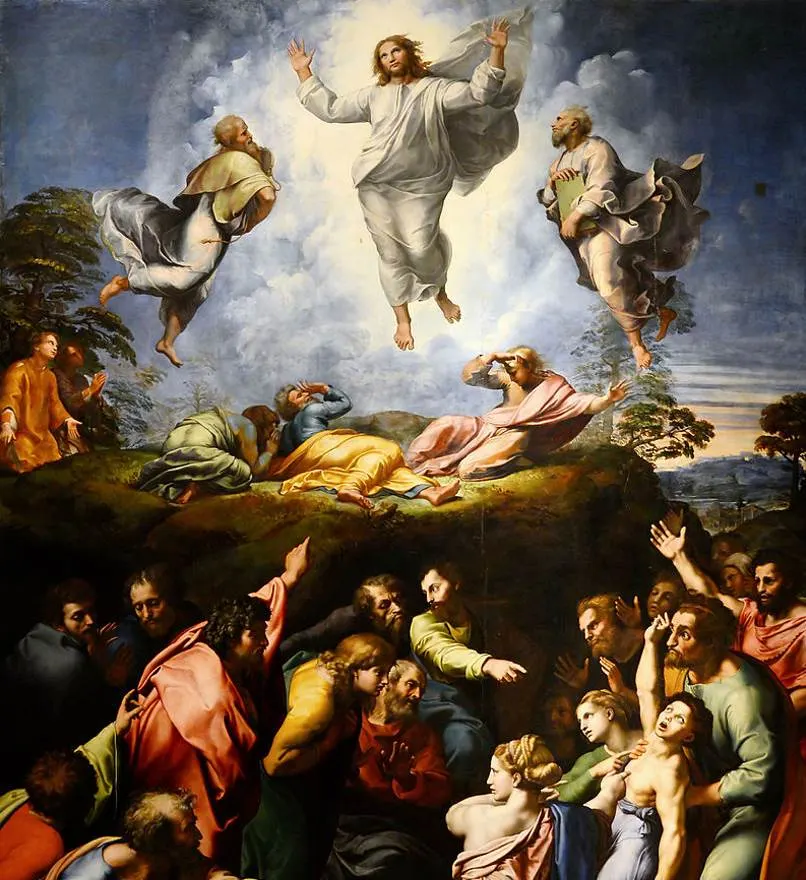
2. The Creation of Adam – Michelangelo
- Date created: 1508-1512
- Dimensions: 280 × 570 centimeters (9 feet 2 inches × 18 feet 8 inches)
The Creation of Adam is the most famous work of the immense fresco that covers up the entire ceiling of the Sistine Chapel. Michelangelo slaved away for about 4 years to reluctantly complete this incredible work of art, immense back and neck pains included.

The result is nothing short of breathtaking and this particular section of the fresco has become one of the most iconic religious images in the world. It’s also one of Michelangelo’s most famous works, even though he is best known as one of the greatest sculptors to have ever lived.
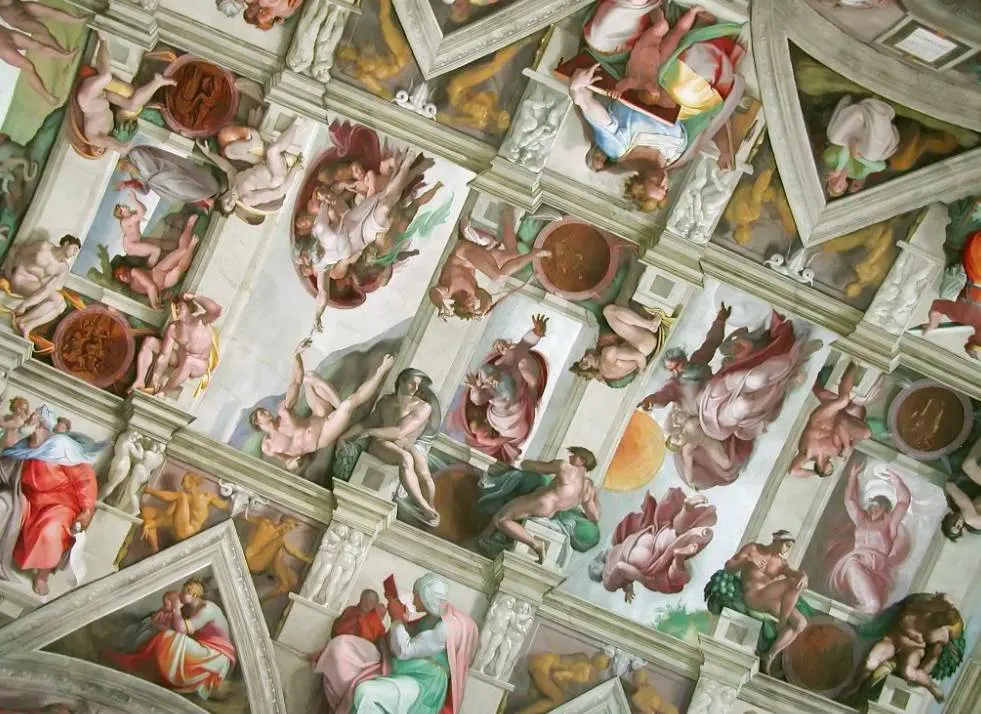
3. The Entombment of Christ – Caravaggio
- Date created: 1603-1604
- Dimensions: 300 × 203 centimeters (120 × 80 inches)
The Entombment of Christ is one of the greatest works of art by Caravaggio, the troubled superstar artist who often got himself into serious trouble. Caravaggio completed this work while he was already famous in Rome following his rocky start there.
The painting was commissioned to decorate a chapel at the Santa Maria in Vallicella church in Rome. Today, a copy still hangs in the chapel while the original painting was moved to the Vatican Museums. It has been one of the most influential works in the artist’s oeuvre.
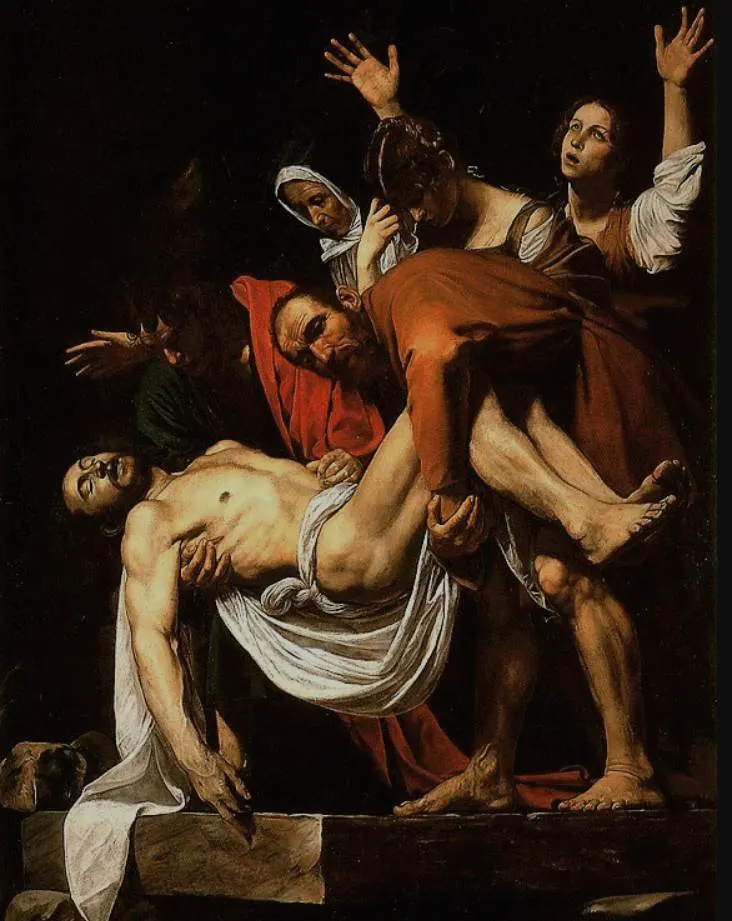
4. Saint Jerome in the Wilderness – Leonardo da Vinci
- Date created: 1480-1490
- Dimensions: 103 × 75 centimeters (41 × 30 inches)
Saint Jerome in the Wilderness is one of the numerous unfinished paintings by Leonardo da Vinci, the genius procrastinator who became one of the most famous artists in history. It remains unclear today when da Vinci worked on this painting as it could be either his final years in Florence or early years in Milan.
The painting depicts an aging Saint Jerome as he spends his life in the Syrian Desert, the place that he chose to live as a hermit. The original painting was larger and the work was at one point cut into 5 pieces before being restored to its original state in the 19th century.
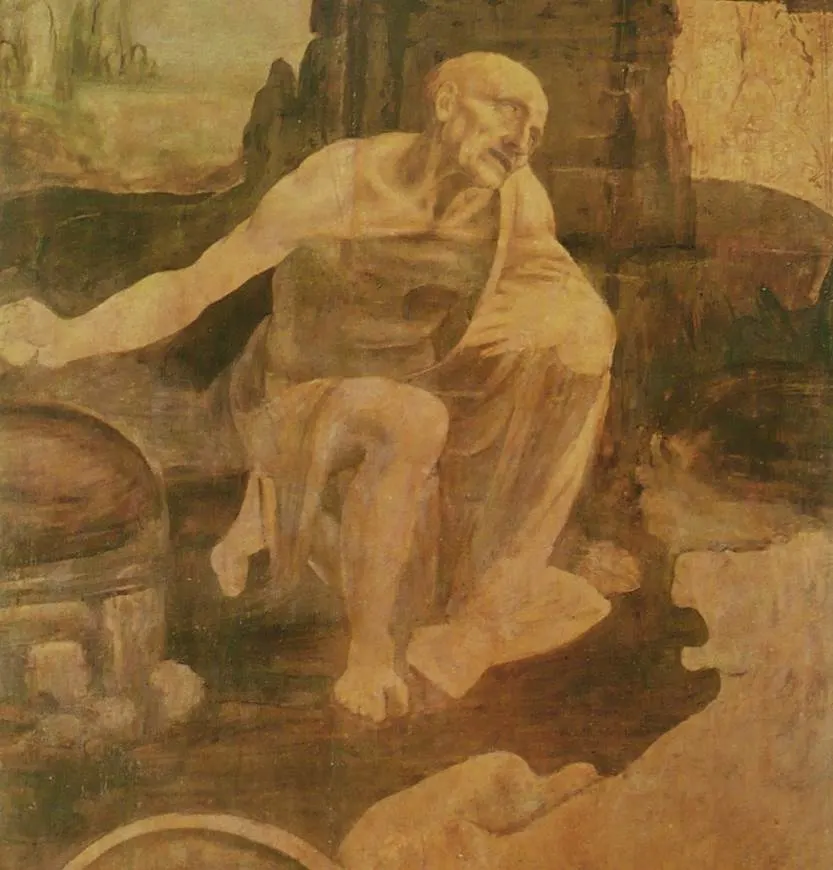
5. The School of Athens – Raphael
- Date created: 1509-1511
- Dimensions: 500 × 770 centimeters (200 × 300 inches)
The School of Athens is one of the frescoes that decorate the walls of the Apostolic Palace in Vatican City. These rooms are now referred to as the “Raphael Rooms” or “Stanze di Raffaello” and The School of Athens is arguably the most famous of all works here.
The particular room that you can find this painting in is called the “Stanza della Segnatura” and it represents Philosophy. The other paintings on the walls are La Disputa (Theology), and the “Parnassus” (Literature), equally renowned artworks.

6. The Last Judgement – Michelangelo
- Date created: 1536-1541
- Dimensions: 13.7 × 12 meters (539.3 × 472.4 inches)
Even though the most spectacular work of art at the Sistine Chapel is the immense fresco on the ceiling, this wasn’t the only painting that Michelangelo created here in the 16th century. He also painted the entire altar wall of this chapel, another immense endeavor.
The artist started this painting of the Last Judgement about 25 years after he completed the work on the ceiling and became quite controversial upon completion. Things became so bad that all the nudity was overpainted after Michelangelo died in 1564.

7. Stefaneschi Triptych – Giotto
- Date created: 14th century
- Dimensions: 220 x 245 centimeters (86.61 x 96.45 inches)
Before the huge St Peter’s Basilica was constructed in the 16th and 17th centuries, another structure stood on this holy location in Vatican City, fittingly referred to as the Old St Peter’s Basilica. And yes, this structure, which stood here from the 4th to the 16th centuries, was also decorated with numerous works of art.
One of these remarkable artworks was commissioned by Cardinal Giacomo Gaetani Stefaneschi and is therefore now referred to as the Stefaneschi Triptych. It features 3 panels and it’s assumed it was completed by Italian painter Giotto in the 14th century, even though it’s possible that his workshop also had a hand in the painting.
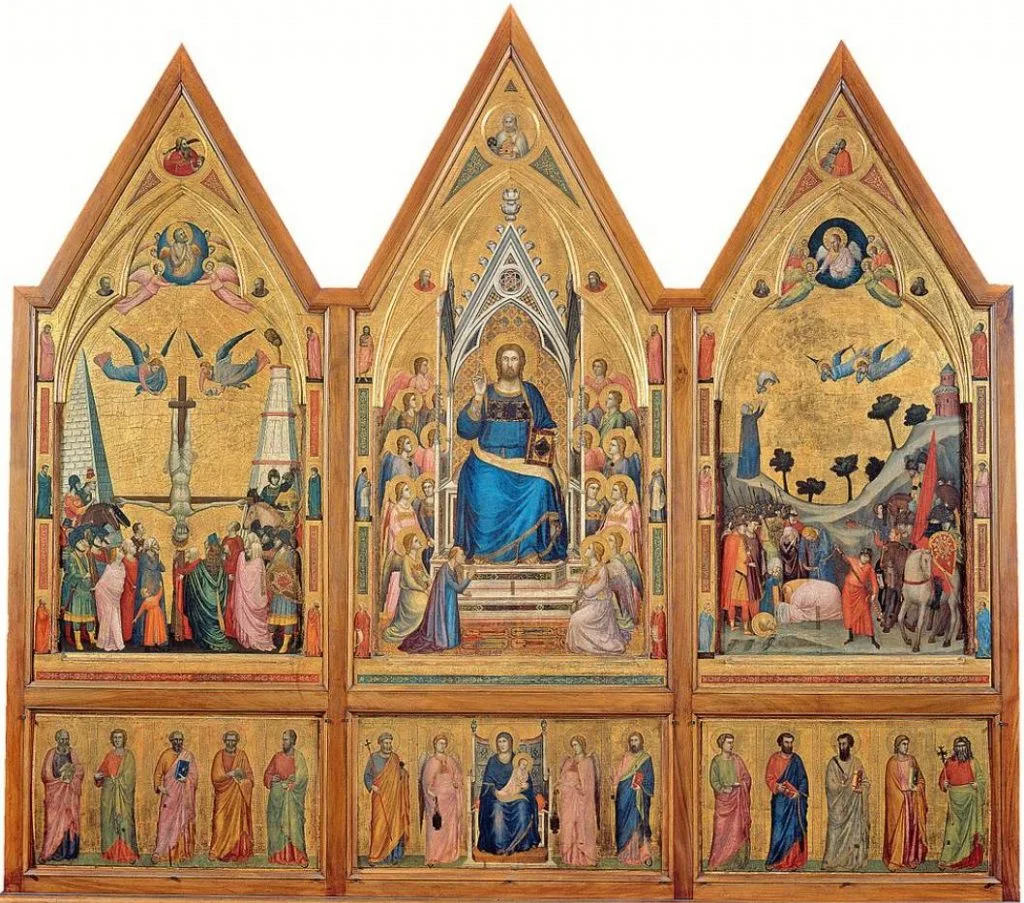
8. Madonna with Child and Saints – Titian
- Date created: 1533-1535
- Dimensions: 388 x 270 centimeters (152.75 x 106.29 inches)
Madonna with Child and Saints is a large altarpiece that Renaissance artist Titian created for a church in Venice known as St Niccolò dei Frari. It was eventually bought by Pope Clement XIV in the 18th century and was briefly moved to France after the French Revolution.
It has been one of the most famous paintings at the Vatican Museums since its return in 1820 and clearly emphasizes the immense talent of Titian. His incredible oeuvre is the main reason he is considered to be one of the 3 great masters of the Venetian School of the 16th century.

9. The Vision of St Helena – Paolo Veronese
- Date created: 1580
- Dimensions: 166 x 134 centimeters (65.35 x 52.75 inches)
The Vision of St Helena is a work by the other great master of the 16th century Venetian School, Paolo Veronese. It depicts the mother of Roman Emperor Constantine the Great who is believed to have had a dream that led her to the discovery of the True Cross in Jerusalem.
It’s far from being the largest painting by Veronese, a renowned Mannerist artist who created some of the largest works of art in the 16th century. It’s also not the first time that the artist covered this subject as another, quite different version is on display at the National Gallery in London.

10. Pietà – Vincent van Gogh
- Date created: 1890
- Dimensions: 41.5 x 34 centimeters (16.33 x 13.3 inches)
One of the less likely artists to be featured at the Vatican Museums is the famous Post-Impressionist painter Vincent van Gogh (1853-1890). This is not because he isn’t considered to be less famous than the artists already included in this list, because he didn’t paint a lot of paintings of a religious nature.
This makes this little work rather intriguing, even though he was inspired by a lithograph from a painting with the same name by Eugène Delacroix, the renowned Romantic painter of the French School. Regardless, van Gogh’s version remains a remarkable work of art in the collection of the Vatican Museums.

